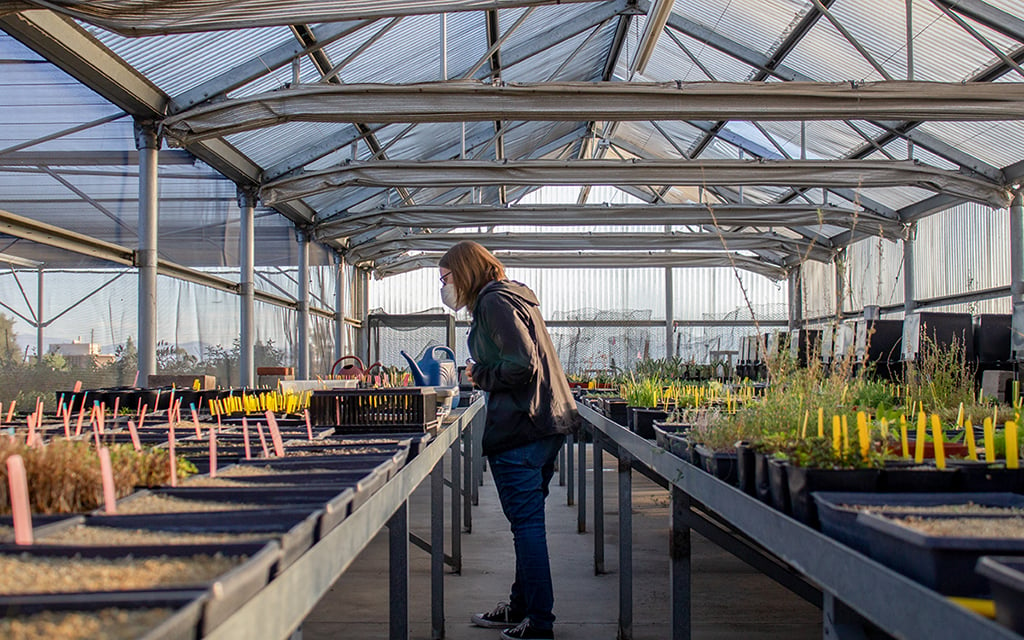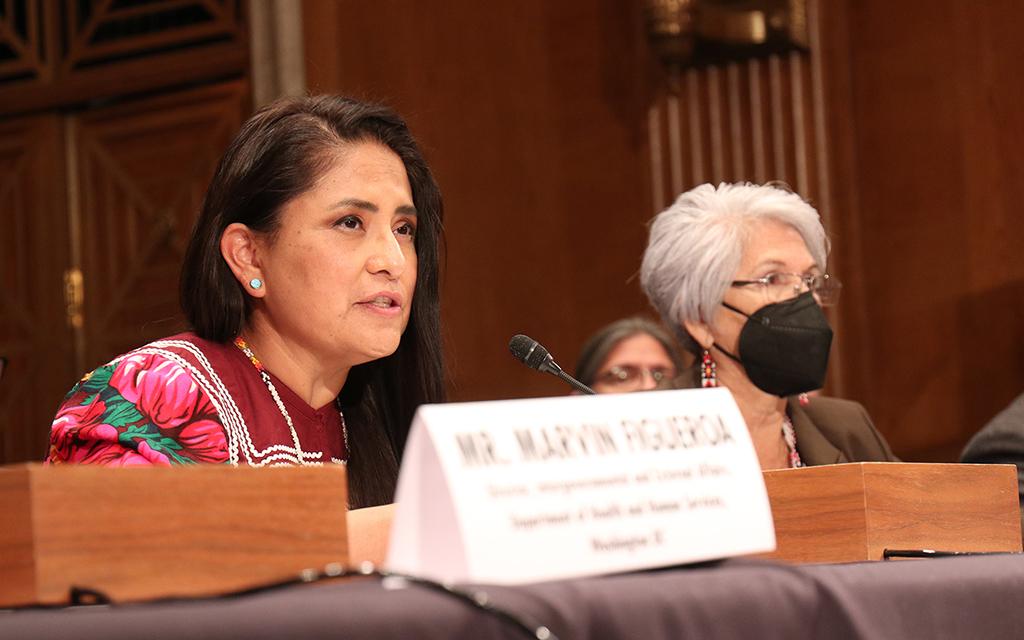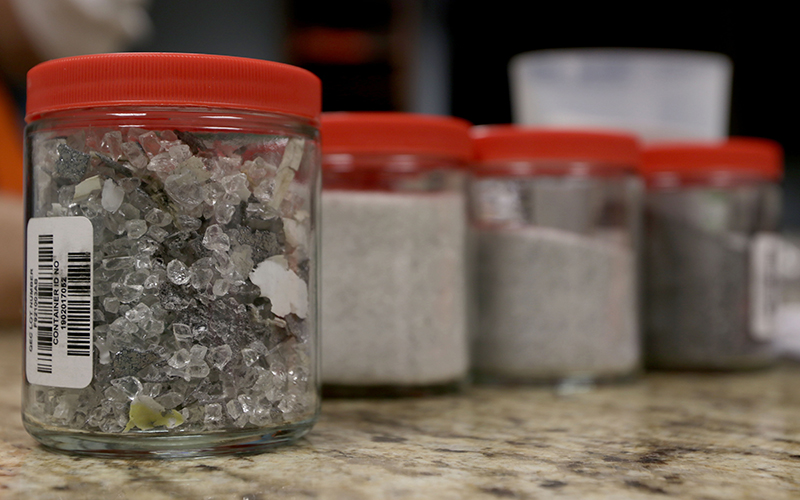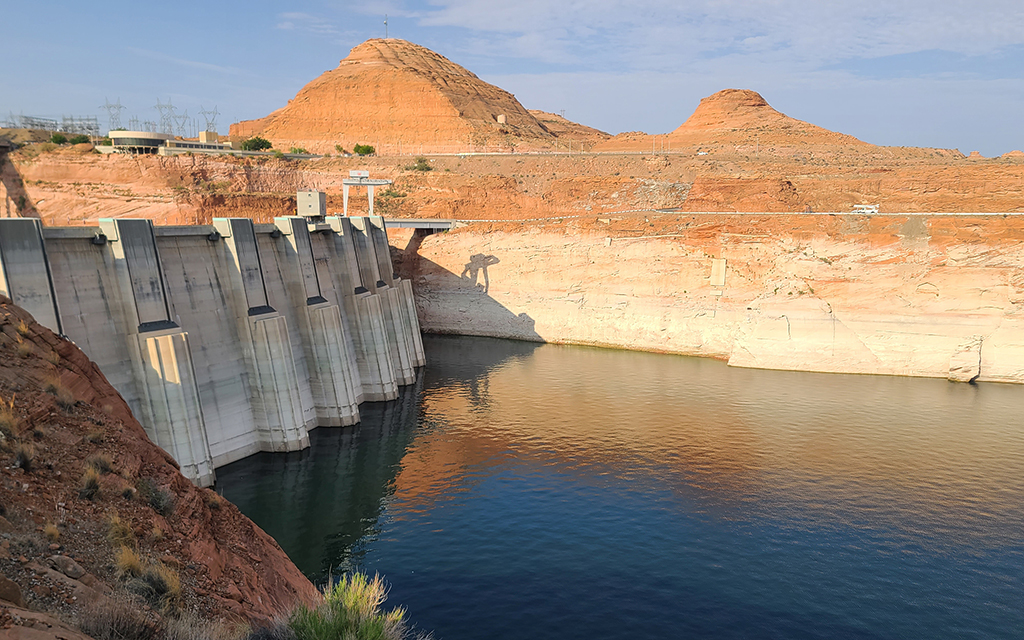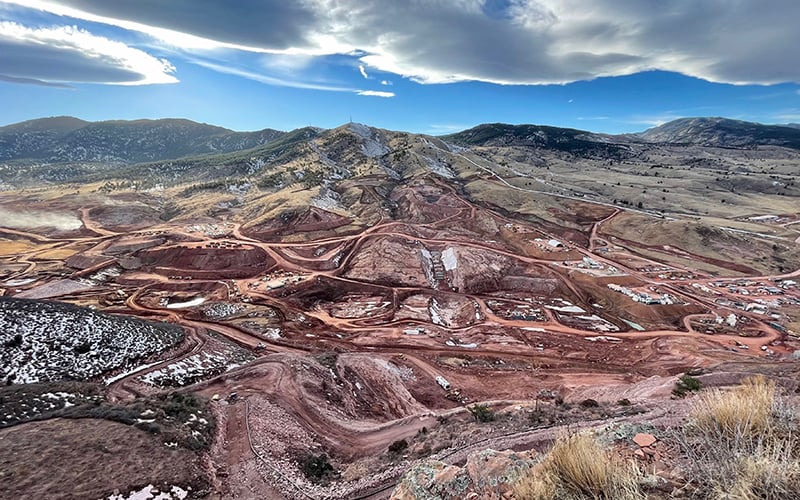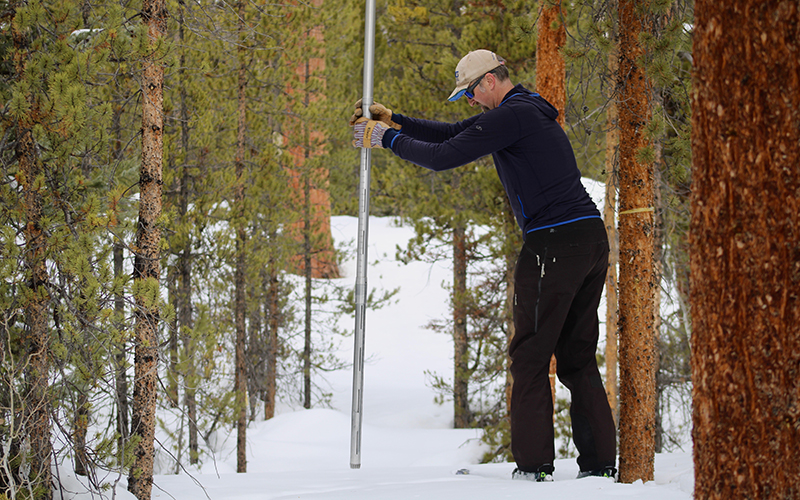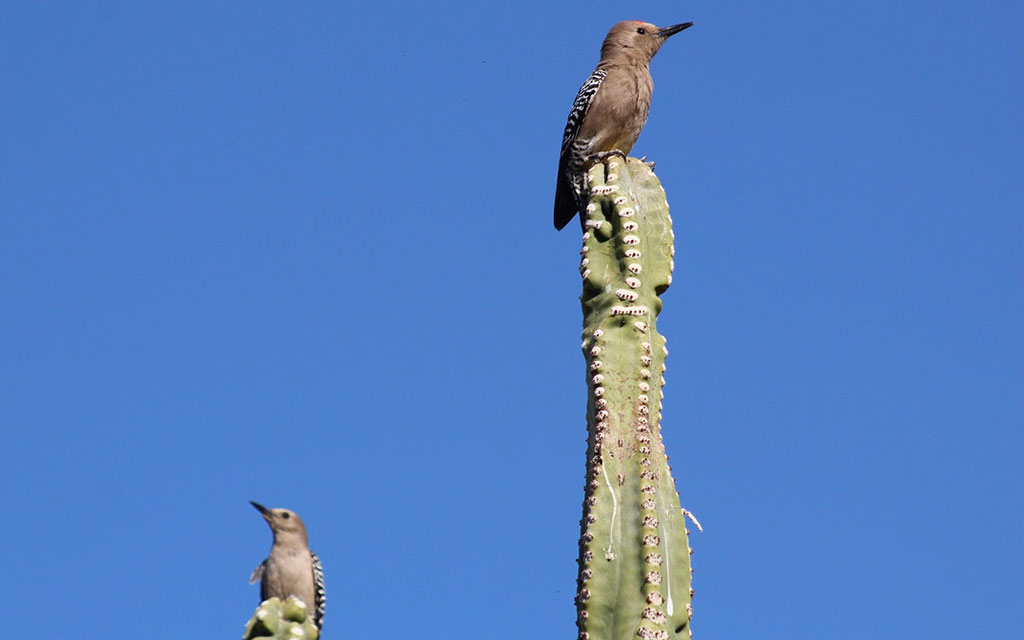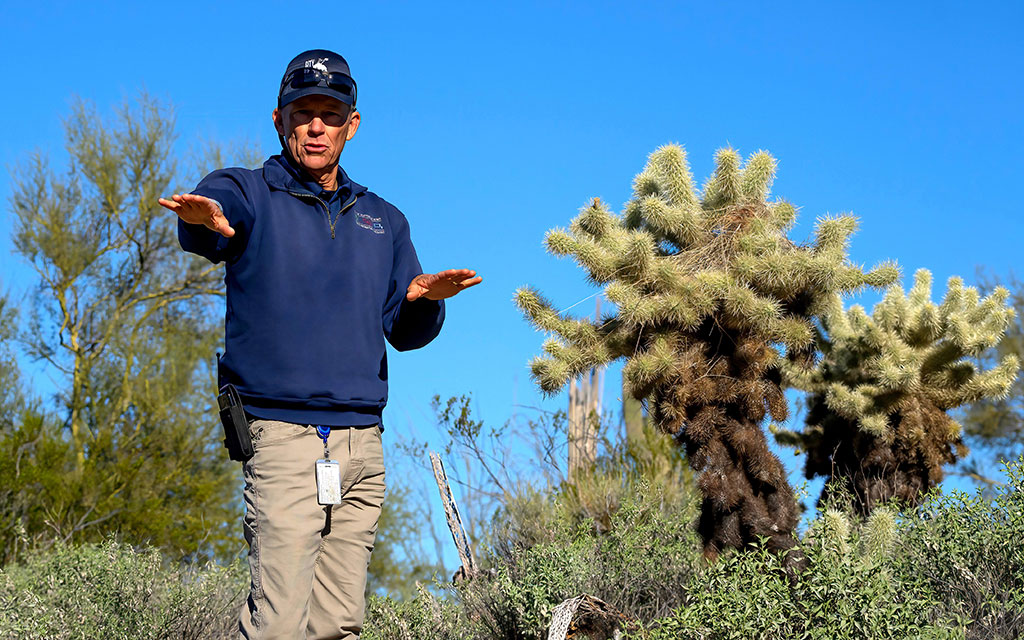Extinction is forever: Seed banks build biodiversity in the face of climate change
With changing environments and weather conditions, some plants have a hard time adapting to change and could become endangered and eventually extinct. Seed banks are preserving species and helping secure biodiversity within our changing environment.
Two Arizona tribal leaders make case for critically needed water projects
WASHINGTON – Leaders of two Arizona tribes asked lawmakers Wednesday to support funding for development of critical water infrastructure and to OK a bill that would let tribal water be sold to others in the drought-stricken state.
Recycling solar panels is complicated. Here’s how one Yuma company does it.
YUMA – We Recycle Solar in Yuma is recycling solar panel waste, but there is more to be done to ensure a safe and eco-friendly process as solar power gains popularity worldwide and its waste grows.
Drop in Lake Powell could threaten power production as well as water supplies
PHOENIX – Lake Powell’s water levels have dropped below 3,525 feet for the first time in almost 50 years. The low level threatens to disrupt hydroelectricity produced by turbines in Glen Canyon Dam.
Building a new reservoir takes a lot of time, trucks and rock – but is there enough water?
The Chimney Hollow Reservoir west of Loveland will include the tallest dam built in the U.S. in 25 years and is meant to shore up water supplies for thousands of people in northern Colorado, but opponents wonder whether there will be enough water to keep it filled.
What’s ‘average’? Snowpack determines health of Colorado River, and our understanding of it is changing
ASPEN, Colo. – The NOAA has almost a century of data on the snowpack that feeds the Colorado River, and it shows lighter snows and higher temperatures over time. But we compare temperature and precipitation totals to 30-year averages that shift every decade, which may be skewing our understanding of snowpack dynamics.
Reversing the desert: How an Arizona engineer is trying to heal the land and protect water
RED ROCK – A civil engineer in southern Arizona is looking at nature’s systems to reverse deserts, heal watersheds and revitalize arid land with holistic land management practices.
Mystery of the monarchs: Western butterfly populations stage remarkable comeback
Monarch populations have been rocky over the past two decades but this year, thousands of monarch butterflies migrated west. Scientists still don’t understand why the population changes dramatically each year, but they still are urging people to make conservation efforts.
Uranium mine near Grand Canyon permitted by court, despite mining ban
WASHINGTON - A federal court ruled Tuesday that a uranium mine near the Grand Canyon can operate, even though it sits on 1 million acres that the federal government has declared off-limits to new mining.
Backyard birds: Annual count uses citizen scientists to take snapshots of U.S. populations
MESA – Backyard biodiversity and citizen science collide at the Great Backyard Bird Count, when seasoned and fledgling birders take to their backyards, parks, nature preserves and the wilderness to share their sightings with scientists. For Arizona, the annual count gives us a snapshot of what species are here before migration starts this spring.
Crop talk: UArizona scientists learning how plants communicate with their environment
TUCSON – Scientists at the University of Arizona are testing how plants respond to their environment. Their goal is to engineer plants so they can withstand the effects of climate change.
Climate data reveals a hotter, drier Arizona, with more extremes possible
PHOENIX – NOAA’s 2022 Arizona Climate Summary says the state got hotter and rainfall remained highly variable from 2017-20. This might not sound like news, but experts say we need to take a closer look at the changes – especially increased nighttime temperatures in metro Phoenix.
